
10 Essential Health Tips Every Traveller Should Know
10 Essential Health Tips Every Traveller Should Know 1. Why Do Ears Hurt on a Plane? You’re sitting back, ready


It all began in a bookshop. Back in 2019, while researching for a travel project, British Pakistani journalist Anam Hussain scanned the shelves of a well stocked UK bookstore, only to find that Pakistan was missing from the world of travel publications. The polite shrug of a sales assistant “If it’s not on our shelves, then it doesn’t exist” became the spark that lit her mission
Anam is an Al Jazeera certified trainer, journalist, and editor with more than ten years of experience writing for international publications, anthologies, and travel magazines. She taught feature writing at the Birmingham Literature Festival, lectured on story writing at Lahore University of Management Sciences, and spoken internationally on the role of print in a digital world. Her career reflects a commitment to giving voice to stories that challenge stereotypes and build cultural bridges.
Alongside fellow editor Aisha Farooq, Anam launched Capra Falconeri Traveller (CFT), an independent bi-annual print magazine dedicated to Pakistan. Named after the Markhor, Pakistan’s national animal, it blends striking photography and immersive storytelling to showcase the country’s landscapes, heritage, and people. Recognised by Al Jazeera, Condé Nast Traveller Middle East, and Monocle, the magazine has already inspired readers worldwide to explore Pakistan with fresh eyes.
In this interview, Anam talks about that defining moment in the UK bookstore, the challenges of independent publishing, and why authentic travel storytelling matters more than ever.
Back in 2019, while researching material for a travel project as a journalist, I found myself in a large, well-stocked bookshop in the United Kingdom. The travel section stretched floor to ceiling, lined with a vibrant display before me. I was certain I’d discover publications that could support the travel memoir I was working on.
As I scanned the shelves, titles spanning India to Uzbekistan, Madagascar to Mozambique, almost every UN recognised country. My excitement grew. But then came the realisation: Pakistan was nowhere to be found.
So, I asked the sales lady:
Do you have anything available on Pakistan?
She squinted slightly, gave a little shrug, and said with a faint smile:
“If it’s not on our shelves, then it doesn’t exist.”
Her polite response struck me hard. It felt like a dismissal of my own identity. As a British-Pakistani journalist whose pitches about Pakistan were often rejected by editors, I was used to barriers and had always known there was a gap in how Pakistan was represented in global travel media.
But in that moment, the erasure was glaring. My homeland seemed endlessly stereotyped as nothing more than a dangerous land, reduced to clichés of mud huts and rifles. And now, treated as if it didn’t even deserve a place on the world’s travel map.
And when the rare snippets did appear, they were written through the outsider’s lens, stories that skimmed the surface but never captured the Pakistan I knew, the one we grew up with in our families, our heritage, and our memories. I wanted to change that.
I wanted to create something that would tell the untold stories, where travel was not just about destinations, but about identity, belonging, and the rediscovery of heritage.
So I asked myself: why wait for others to give me a platform? As a member of the diaspora and a lifelong collector of travel magazines, I envisioned a publication that wouldn’t be a one-off, but a lasting collectible. Something beautiful and enduring. A magazine to sit confidently alongside leading luxury travel titles, such as Condé Nast Traveller, National Geographic, and Lonely Planet, while carving out its own distinctive identity.
I then spoke to my friend, Aisha Farooq, a fellow writer and editor, who became both a guiding hand and the ultimate editor of the project. Her insight, guidance, and meticulous eye for detail were invaluable in shaping the magazine into something truly exceptional.
Today, Capra Falconeri Traveller has garnered attention from international platforms, including Al Jazeera, Condé Nast Traveller Middle East, and Monocle, which featured it in an episode of The Stack
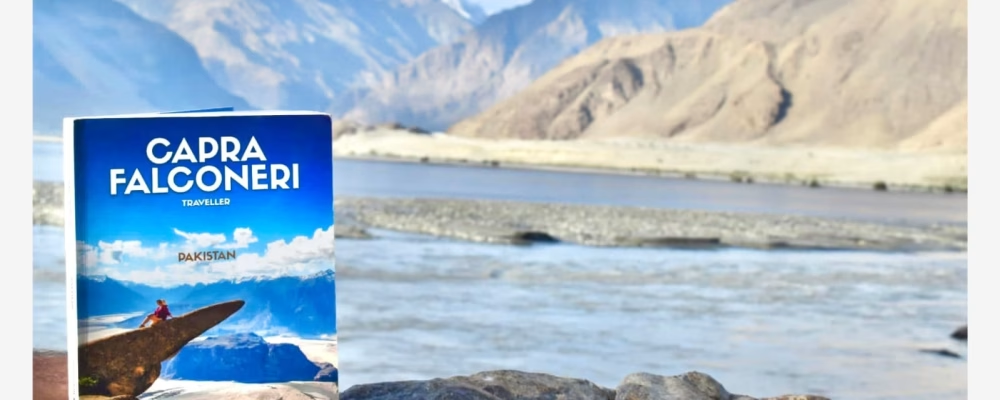
When first launched, the magazine began receiving orders online from readers across the globe. The very first from Hong Kong, followed by hotel chains and travel publications in Singapore. It was remarkable to see how much people wanted to learn about Pakistan.
The magazine is stocked at Magazine Heaven in Rushden, UK, bookstores in Istanbul, hotels in Pakistan, and at Skardu Aiport.
It has been recognised on Al Jazeera Journalism Review as a platform for “breaking stereotypes,” while Condé Nast Traveller Middle East described it as offering a “fresh perspective” on Pakistan.
Our readership is 60% female, and 98% of readers say that Capra Falconeri Traveller inspires them to visit Pakistan. But our readers seek more than just sightseeing, they want to connect with locals, explore traditions, and experience culture firsthand. To support this, we have partnered with prominent UK travel companies that organise trips to Pakistan.
As founder, I was honoured to receive the Pakistan Super League’s Hamaray Hero Award for the magazine in 2023. Toronto Metropolitan University’s Review of Journalism highlighted Capra Falconeri Traveller in its feature on news compassion fatigue, showing how the magazine builds connections and breaks down conventional headlines.
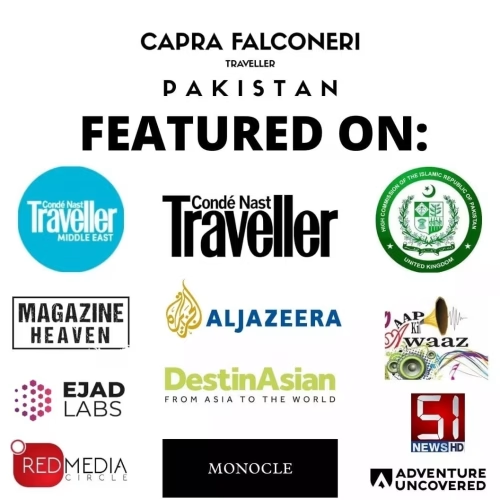
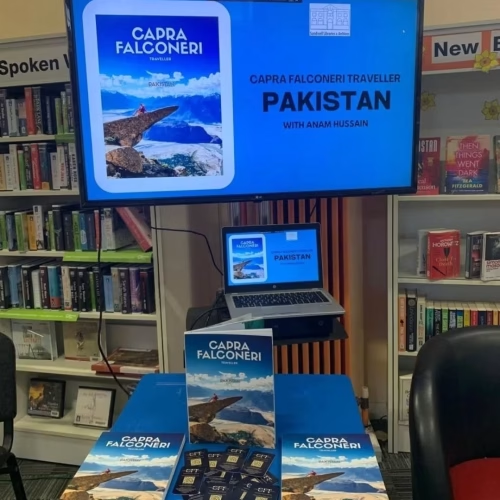
Capra Falconeri is the scientific name of the Markhor, Pakistan’s national animal. To me, it represents resilience, beauty, and the wild spirit of the mountains. Naming the magazine after it was a way of grounding the publication in something uniquely Pakistani, but also symbolic of survival and pride. Every time I look at the name, it reminds me of why I started this project.
Honestly, everything! From building a readership base to the logistics of self-publishing. Independent magazines don’t have big budgets behind them. You’re doing everything yourself, from commissioning stories and editing to design and distribution. The challenge was to keep believing in the vision even when it felt overwhelming.
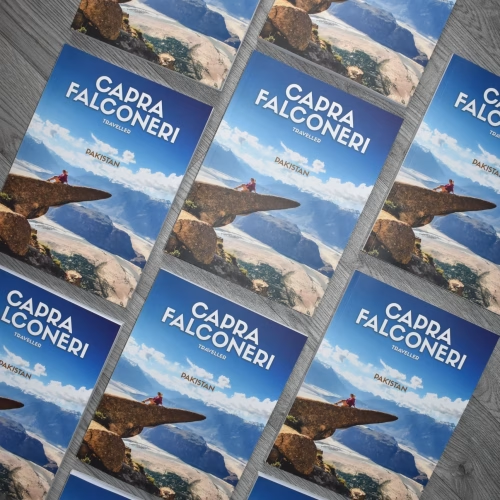
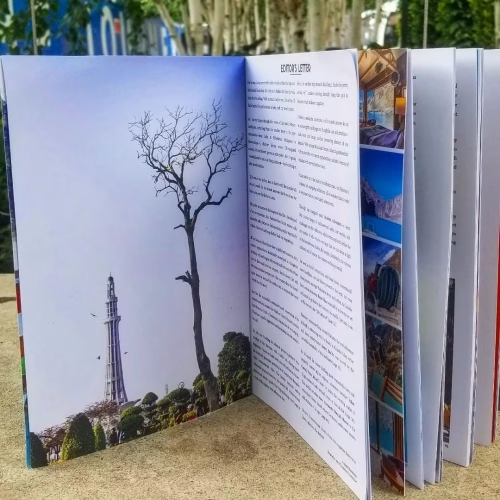
I hoped they’d feel curiosity.
There’s a unique magic in print. The weight of the pages, the photographs you can almost step into, the way the magazine invites you to slow down, flip through it at your own pace, and linger over a story or an image.
I hoped readers would experience Pakistan not just as a destination, but as a living, breathing place. I wanted them to smell the air of the mountains, taste the cuisine, and connect with the people through the stories on the page. The print format allows for that intimacy in a way that digital often can’t. It encourages a moment of reflection, a pause to really appreciate the landscapes, the culture, and the experiences we’re trying to share.
Ultimately, I wanted the magazine to feel like a piece of art with emotions.
Whereas for Pakistanis abroad, I wanted it to be something that sparked connection to their roots.
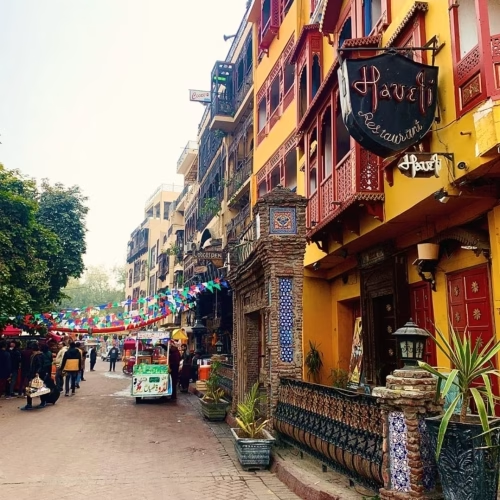
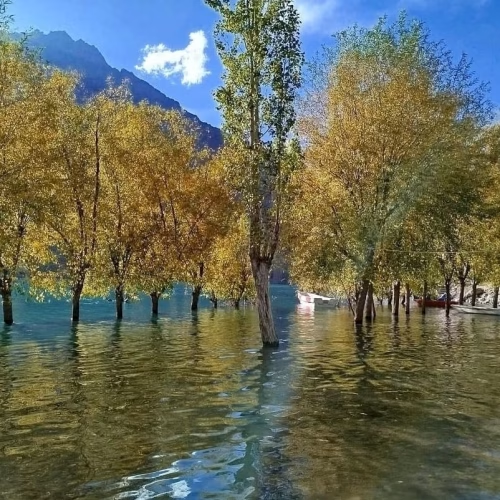
Living between cultures makes you constantly aware of how narratives are constructed, what gets highlighted, what gets ignored. That’s why I’ve always tried to weave personal voice into travel storytelling. Capra Falconeri reflects that dual perspective. It’s local and rooted, but also written with an eye to how Pakistan is seen globally, and in the diaspora.
One of the stories that remains closest to my heart is drawn from my own experiences travelling across Pakistan. It’s deeply personal, capturing the country through my eyes, not just as a journalist, but as someone reconnecting with my heritage. Writing it allowed me to reflect on the landscapes, communities, and moments that shaped my own connections, and it felt incredibly fulfilling to see those experiences come alive on the page for readers.
Another story that stands out is about Ben and Ellie, a white American couple who moved to Lahore with their three children. I first met them while they were haggling at a bangle store in Township Market, Lahore. Their story, particularly Ellie’s account of giving birth in Pakistan, offers an intimate glimpse into the joys, challenges, and cultural nuances of living in the country. It’s a perspective that readers rarely get to see, and it beautifully highlighted how life and resilience flourish across borders and cultures.
For readers, however, the story that consistently captures the most attention is the adventure feature on scuba diving at Charna Island. Alongside a PADI-certified instructor, we explored underwater landscapes teeming with life, fish, coral reefs, and Finding Nemo-like encounters that bring Pakistan’s coastal waters to life. This story resonates because it combines adventure, discovery, and the sheer thrill of experiencing a side of Pakistan that many wouldn’t even imagine existed.
Some non-Pakistani readers even emailed to say they had booked holidays to Pakistan, hoping their trips would live up to the stunning photographs in the magazine! Now, that was rewarding, that I managed to convince them to visit.
Travel media has the power to humanise. When you show real people and their culture, it pushes back against the narrow lens. It reminds the world that there’s not ONE story, but many.
I want it to evolve into a platform that goes beyond the magazine. Events, workshops, souvenirs, and collaborations. But most of all, I want it to remain a space for authentic storytelling of Pakistan. If we can keep challenging perceptions and inspiring people to see Pakistan differently, then it will have achieved its purpose.

10 Essential Health Tips Every Traveller Should Know 1. Why Do Ears Hurt on a Plane? You’re sitting back, ready
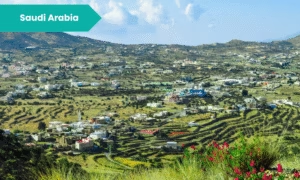
Explore Abha, Saudi Arabia’s Mountain Gem As an Egyptian who lived in Saudi Arabia, I have always had a great
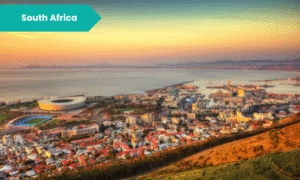
South Africa Part 1: Planning the trip and CapeTown An Unforgettable Halal Family Adventure By Naumaan Qamar Part1: Planning the